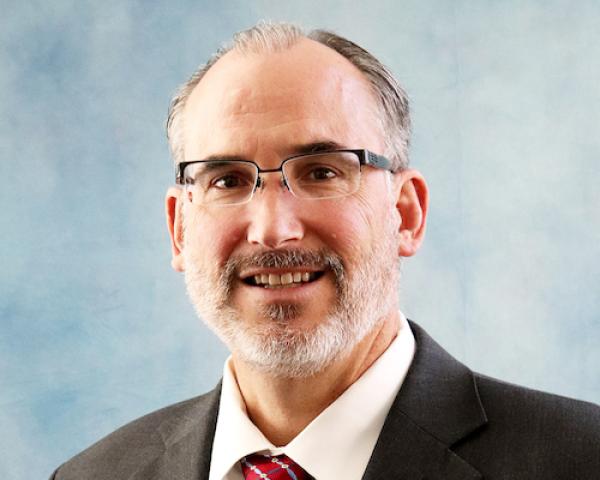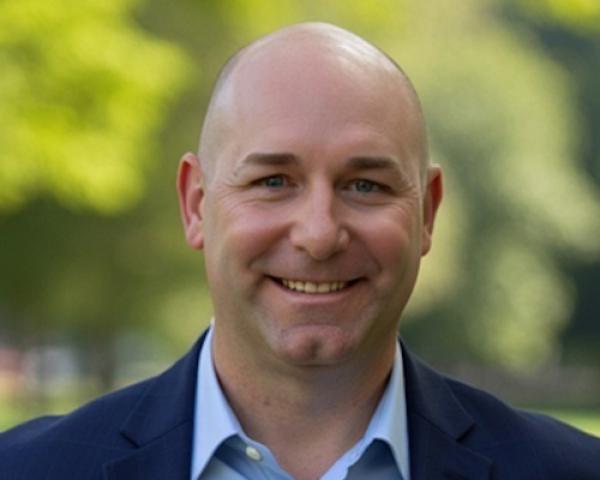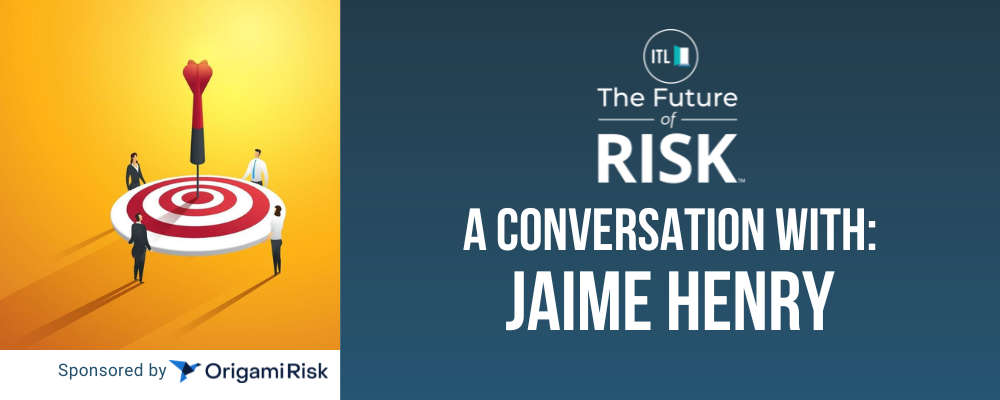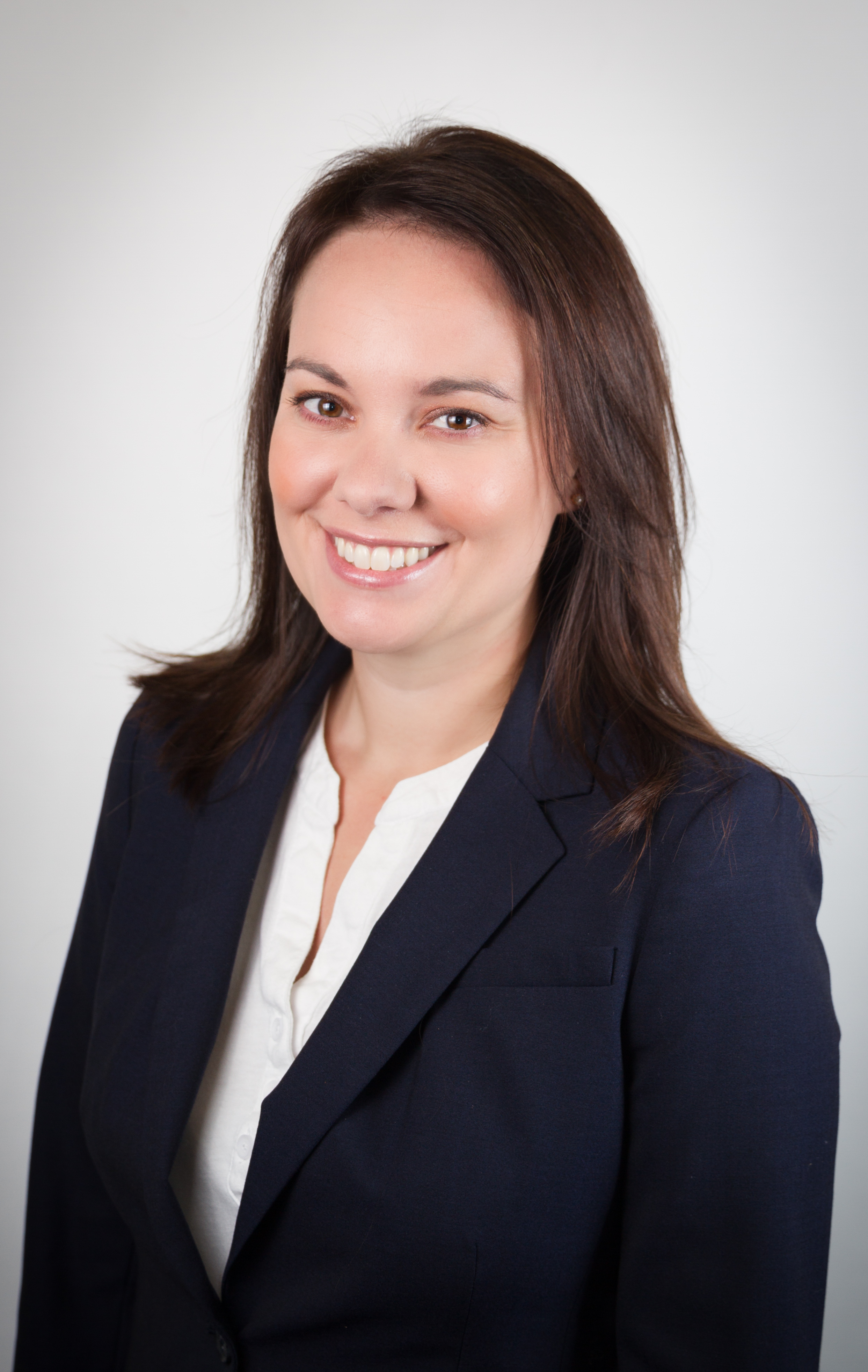A few weeks ago, this LinkedIn post about homeowner insurance, along with its comments, triggered my nerdy attitude to crunch numbers. So, below you find the results of my deep dive.
Now, let's talk about the economics of homeowner insurance in the U.S market.
The source of the figure used in that post is the “Analyses of U.S. Homeowners Insurance Markets, 2018-2022: Climate-Related Risks and Other Factors” published in January 2025. The comments range from the incumbents being inefficient and ripe for disruption, to homeowner insurance having complexities in underwriting and claims that structurally limit the efficiency that can be achieved, to it being all about acquisition costs.
Let’s start with a look at the profitability of this line of business over the past decade, based on the NAIC data. At the industry level, the home insurance business has barely made any money. The underwriting profits have been on average at -1.6%, meaning that claims and expenses have been higher than the premiums collected. Thanks to investment gains, the sector has, on average, made 0.7% in profits.
Source: Naic data
The sector has suffered in the past few years, and it returned to technical equilibrium with a 99.7% COR only in 2024 .
Source: Elaboration on IEE NAIC data
Obviously, these figures aggregated at the market level are the result of heterogeneous performances among the carriers in the market. As shown in the figure below representing market share and loss ratio of the top 25 homeowners insurance writers, there are carriers achieving a significantly better loss ratio – so profitability - than the market.
Source: Naic data
Now, let’s look at the composition of the almost 40% of the premiums not paid as claims. The costs to operate the business (loss adjustment expenses and the general expenses) account for about 15 points on the combined ratio.
Source: Naic Data
Comparing the home insurance business line with the other top 10 business lines (representing more than 90% of the total P&C premiums), we can see that its cost profile is similar to personal auto and significantly less costly than the commercial lines.
Source: Naic data
At least relative to other insurance business lines, homeowners insurance doesn't appear inefficient. However, let’s take a closer look at the details of the costs for some of the top carriers. Here are the 2023 expenses, as reported in the insurance expense exhibit, by two of the top 10 U.S. homeowners writers (both have been more profitable than the market average both in 2023 and in most recent years).
Elaborations on 2023 Statutory Statements
Excluding commissions and taxes, the operating costs of the homeowner business for these two payers are about 17-18 points on the combined ratio.
Nowadays, at any insurtech conference, you hear the announcement of some AI agents able to increase the efficiency of insurance processes and run the business with fewer people. Assuming a cost allocation split on the homeowner business similar to the one these companies have at the group level, only about half of these 17-18 points are linked to personnel.
Even an impact, net of AI costs, of 20% efficiency will not result in a two-point reduction on the combined ratio.
Source: elaborations on Naic data
The left side of this bill is the biggest opportunity. Avoiding claims from happening, and mitigating situations that have already occurred, is the big insurtech opportunity in homeowners insurance. Connect and protect is the name of this opportunity.
Connect & Protect is the biggest insurtech opportunity in homeowners insurance
At the recent Insurance Innovator USA in Nashville, a leading insurer has shown the split of the claims in their portfolio by peril.
Applying this split to the average loss ratio of the market for 2018-2024 yields 15 points on the combined ratio that can be addressed with fire protection solutions, and 21 points that can be addressed with water escape prevention solutions.
Whisker Lab and Ondo, both members of the IoT Insurance Observatory, are at the forefront of this connect-and-protect transformation of the homeowners insurance industry.
Whisker Lab has already partnered with more than 30 U.S. homeowners insurance carriers to offer its Ting device – a solution for preventing electrically generated fires – to their policyholders, and is already protecting a portfolio of more than one million connected homes.
Ondo is instead focused on preventing and mitigating water damage. My exchange (below) with their CEO, Craig Foster, over a recent weekend illustrates the results achieved so far and his vision about how insurtech can fix homeowners insurance.
Matteo: Ondo's mission is to reduce the expected losses on a homeowners insurance portfolio. Could you share the risk prevention impact you have been able to bring to your partners and the ROI of this Insurtech approach?
Craig: Absolutely. At Ondo, we quantify ROI in two core ways:
- Documented Claims Savings — When LeakBot plumbers visit a home based on a leak alert, 15% of the time they find and fix a leak that is actively damaging or potentially damaging to the home. In each of those instances our plumbers create a Claims Mitigation Report which include pictures and moisture scans giving insurer partners a complete picture of the leak scenario. This gives our insurer partners the ability to quickly estimate the loss avoided, giving an immediate and tangible read on savings potential and ROI. For every dollar an insurer partner spends on LeakBot they see two to four dollars in loss savings.
- Control Group Analysis — As programs scale, partners compare performance against a statistically matched control group. This allows for a rigorous actuarial view of the impact on claim frequency and severity.
This dual approach is well-established across our partner base and has been refined over years of implementation.
While most partners keep exact ROI data confidential for competitive reasons, Swedish insurer Lansforsakringar publicly reported a 45% reduction in escape-of-water claim costs. In aggregated analyses across multiple markets and cohorts, we've seen savings of up to 70%, driven by both fewer claims and materially lower severity. LeakBot tends to intercept the largest claims before they spiral - such as catching leaks spraying into crawl spaces before structural damage occurs. One US partner recently resolved such a case for under $3,000 - where the same loss could have easily exceeded $30,000 had it gone undetected.
Our ROI performance has proven consistent across geographies. Older partners like Hiscox (UK) and Topdanmark (DK) continue to scale based on long-term savings. In the US, we’ve signed nine insurer partners recently. Those who launched early - such as Nationwide, PURE, Mutual of Enumclaw and Selective - have already expanded their programs from a single pilot state into a total of 23 US states after seeing strong early impact. That ROI from the analysis of Claims Mitigation Reports is what continues to drive adoption and long-term renewal.
Matteo: I recall the event in London about nine years ago, when LeakBot was presented to the insurance community. Connect and Protect has undertaken a long journey in our sector since then, and we are finally starting to see significant momentum. What are the three most relevant changes you have seen collaborating with large insurance incumbents?
Craig: We’ve definitely seen a major shift in how insurers view connected home technology. Here are three of the biggest changes:
- From “Will This Ever Scale?” to “What’s the Right Tool for the Job?” Nine years ago, many insurers were still debating whether IoT could ever move beyond pilot stage. Today, the question is no longer if, but how best to deploy it. We’re seeing real strategic commitment - especially as solutions like Ting (fire risk) move toward 2 million homes in the US. In water, we’ve emerged as the go-to prevention partner, and our discussions now focus on the right methods to get as many homes protected as possible.
- From Claims Savings to Tangible Customer Experience Initially, partnerships focused purely on the actuarial ROI. That remains key - but insurers now also value the customer experience impact. LeakBot turns an intangible product into a proactive service, with an NPS consistently above 80. Policyholders love it - and insurers see improved retention and brand loyalty. For many partners, that CX story becomes as important as the claims data.
- From Plug-and-Play to Deep Integration In the early days, insurers opted for zero-integration turnkey rollouts. Today, the most forward-thinking carriers are building full-stack platforms that integrate with our APIs from day one. A standout is Nationwide in the US, who built a proprietary smart home backend that allows seamless integration with solutions like ours. This level of IT and data maturity unlocks greater scalability, efficiency, and personalization.
Matteo: What is your vision for the future of insuring homes? How will it look in 2035?
Craig: By 2035, home insurance will evolve into a cognitive home protection service - not just a policy, but an intelligent system actively working to prevent losses in real time. Powered by ambient computing, ubiquitous connectivity, and edge AI, the home will become both self-monitoring and insurer-integrated.
- 1. Insurance Will Live Inside the Cognitive Home The connected home will become the cognitive home - a space where devices like LeakBot quietly monitor risks, interpret signals, and take action without the homeowner needing to intervene. This is AI-powered ambient computing in practice: invisible, automatic protection woven into the fabric of daily life.
- Insurers Will Become Real-Time Decision Engines With ubiquitous connectivity and richer data from IoT devices, insurers will pair these insights with AI to make smarter decisions - on renewals, claims, pricing, and service triggers. The most advanced insurers will effectively become cognitive risk mitigation machines - constantly adapting and optimizing in real time to help their customers avoid loss, not just recover from it.
- Claims Will Be Pre-empted, Not Just Paid Edge AI enables instant decisions directly on the device, cutting latency and enabling proactive service. A leak doesn’t become a claim - it becomes a service call. Risk is neutralized early, affordably, and invisibly. As these systems mature, we’ll see a steep drop in claim severity - and a new standard for what home protection means.
At Ondo, our vision is to be the leading global provider of claims prevention technology for home insurance. We expect LeakBot to become the default standard for mitigating water damage claims — first in the United States, then globally. As the insurance industry shifts from reactive to cognitive, we’re building the core infrastructure to power that future.






















